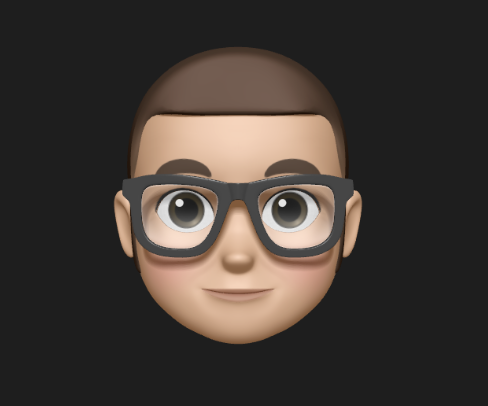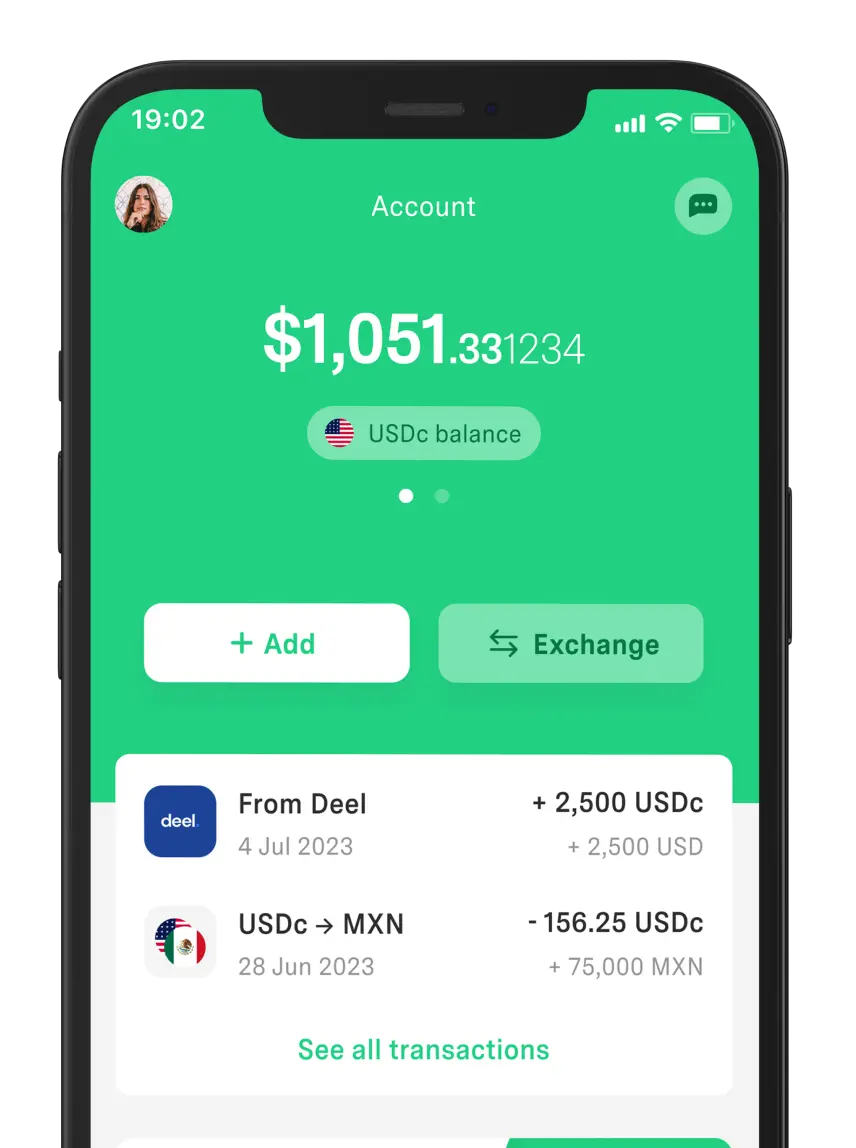 Freelancer tips
Freelancer tips How to Stop Procrastinating: Strategies and Practical Tips
Learn how to stop procrastinating by putting these proven strategies and tips into practice so you can be productive again and focus on what matters.



Figma is a cloud-based collaborative design tool that lets you create interfaces, prototypes, and visual assets right from the browser. It also lets you work in real time without having to install heavy software.
Are you a designer or a developer?
With remote collaboration on the rise, it’s key to understand exactly what Figma is and how it can improve the way you work. That’s why, in this article, we explain it along with its main features, advantages, and more.
It’s a collaborative UI/UX design application to create interfaces, prototypes, and vector graphics in real time. It was founded in 2012 by Dylan Field and Evan Wallace, who launched it with the mission of democratizing digital design—something that didn’t exist at the time in a market dominated by desktop software like Adobe.
However, its public version was finally released in 2016, after years of development and iterative testing. Today, it’s a modern alternative to traditional programs, marking a before-and-after in the way teams work together.
What is Figma for?
It’s used to create user interfaces (UI) and user experiences (UX) in different contexts. In other words, to develop applications, websites, and other digital experiences where user interaction is key.
One of Figma’s hallmark features is that all the work happens directly in the browser, since it’s cloud-based. There’s no need to install heavy programs—also an advantage.
In general, these are Figma’s main features:
Advanced vector design. Create and fine-tune vector graphics while preserving quality across all types of projects.
Reusable libraries and components. Promotes visual consistency thanks to elements that can be used across different projects.
Interactive prototypes. Connect screens and simulate user flows, similar to what tools for Gantt diagrams or mind maps offer.
Version control. Every change is recorded in case you need to roll back to a previous point.
Real-time collaborative editing. Several people can contribute to and edit a file together with immediate syncing.
Multiplatform. Fits any workflow from the web, app, and desktop. Compatible with Windows, macOS, Linux, and web browsers.
Free vs. paid plan. It has a very complete free version and scalable plans for larger teams.
Beyond its core functions, Figma includes a set of collaborative design tools that enhance the user experience:
Extensions and API. Add third-party plugins or customize features according to project needs.
Connections with other apps. Integrates with management and communication tools like Slack, Jira, etc.
Optimized export. Generates files in multiple formats and sizes so developers can easily integrate them into the final product.
With all these features, Figma streamlines daily work and collaboration among designers, developers, and clients. It also boosts productivity and visual consistency in every project.
✅ Advantages | ❌ Disadvantages |
Faster and more collaborative workflows. Since it works in the cloud, changes update instantly and all members can give immediate feedback. | Performance. Projects with many layers, heavy images, or complex elements can become slow and affect the work experience. |
Time-saving and organized. It avoids creating multiple versions of the same file and confusion with local documents. | Internet dependence. If you’re working without a stable connection, it’s not the best option. Although there’s an offline mode, much of its collaborative power depends on being online. |
Unified styles. Like graphic organizers, it centralizes fonts, colors, and effects so all projects maintain the same visual identity. | Learning curve. If you’re just starting out in digital design, understanding its features can be overwhelming. |
Integrated feedback. Users can comment directly on the design, speeding up the review process. | Cost. Pro plans can be pricey for freelancers. |
Practical for independents. Ideal for freelance graphic designers who need to create quick proposals, share them with clients in one click, and get approval without hassles. | |
Useful integrations. Plugins, optimized exports, and direct collaboration with developers make the transition from design to implementation smoother. |
Figma for designers offers collaborative design tools, speed, and flexibility in one place. But it may not be perfect for all profiles or teams.
Tool | Best Feature | Limitation Compared to Figma |
Accessible and easy to use for quick designs. | Not designed for UI/UX or interactive prototypes. | |
Great integration with the Adobe ecosystem. | Less agile in prototyping and requires installation. | |
Large community and wide variety of plugins for macOS. | macOS-exclusive and requires external apps for real-time collaboration. |
These are the basic steps to get started with Figma.
Create a free account.
Open your first project and explore the interface.
Add frames and basic components.
Try simple prototypes.
Explore Figma Community for templates and resources.
How to start using Figma? Follow these detailed steps:
1. Sign up at https://www.figma.com/ with an email address to start using it from the browser.
2. Get familiar with the main screen and learn the essential tools.
3. Add frames (boxes that group elements like text, buttons, or images) to structure screens or sections, as well as components to make element reuse easier.
4. Connect screens and add basic interactions to simulate navigation.
5. Access Figma Community and discover templates, files, and resources created by other designers.
This space is ideal for inspiration, learning best practices, and speeding up your workflow by reusing battle-tested materials.
Understanding what Figma is means recognizing it as much more than a simple design tool. It combines collaboration, interactive prototyping, organization, and visual consistency in one place. All this makes it a complete platform for designers, teams, and freelancers.
In addition, its cloud-first approach removes the barriers of traditional programs. Even so, you should be mindful of its limitations, which don’t overshadow its value but are important in digital design.
Also keep DolarApp in mind as an alternative for getting paid for your designs by international clients. We operate with digital dollars and euros, making currency conversions easier with fair exchange rates.
Yes. Figma offers a free plan with comprehensive features to start designing, collaborating, and prototyping. But the paid plans add extra benefits for large teams or enterprises.
Yes. Just share your project link so the client can open it in their browser without installing anything or creating an account. They’ll be able to view it and even leave comments.
Since it’s cloud-based, it relies on being online to take advantage of real-time collaboration and syncing. But there is a limited offline mode in the desktop app.
The main difference is that Figma runs 100% in the cloud and enables real-time collaboration. Sketch runs only on macOS, Adobe XD depends more on the Adobe ecosystem, and Illustrator focuses on graphic design—not interfaces.
Sources:

The world has borders. Your finances don’t have to.
 Freelancer tips
Freelancer tips Learn how to stop procrastinating by putting these proven strategies and tips into practice so you can be productive again and focus on what matters.

 Freelancer tips
Freelancer tips Discover what burnout syndrome is, its main causes and symptoms, and what you can do to prevent it and regain balance.

 Freelancer tips
Freelancer tips Business intelligence can help you gain a clear view of your company’s performance. Discover how to use it to make better decisions.


